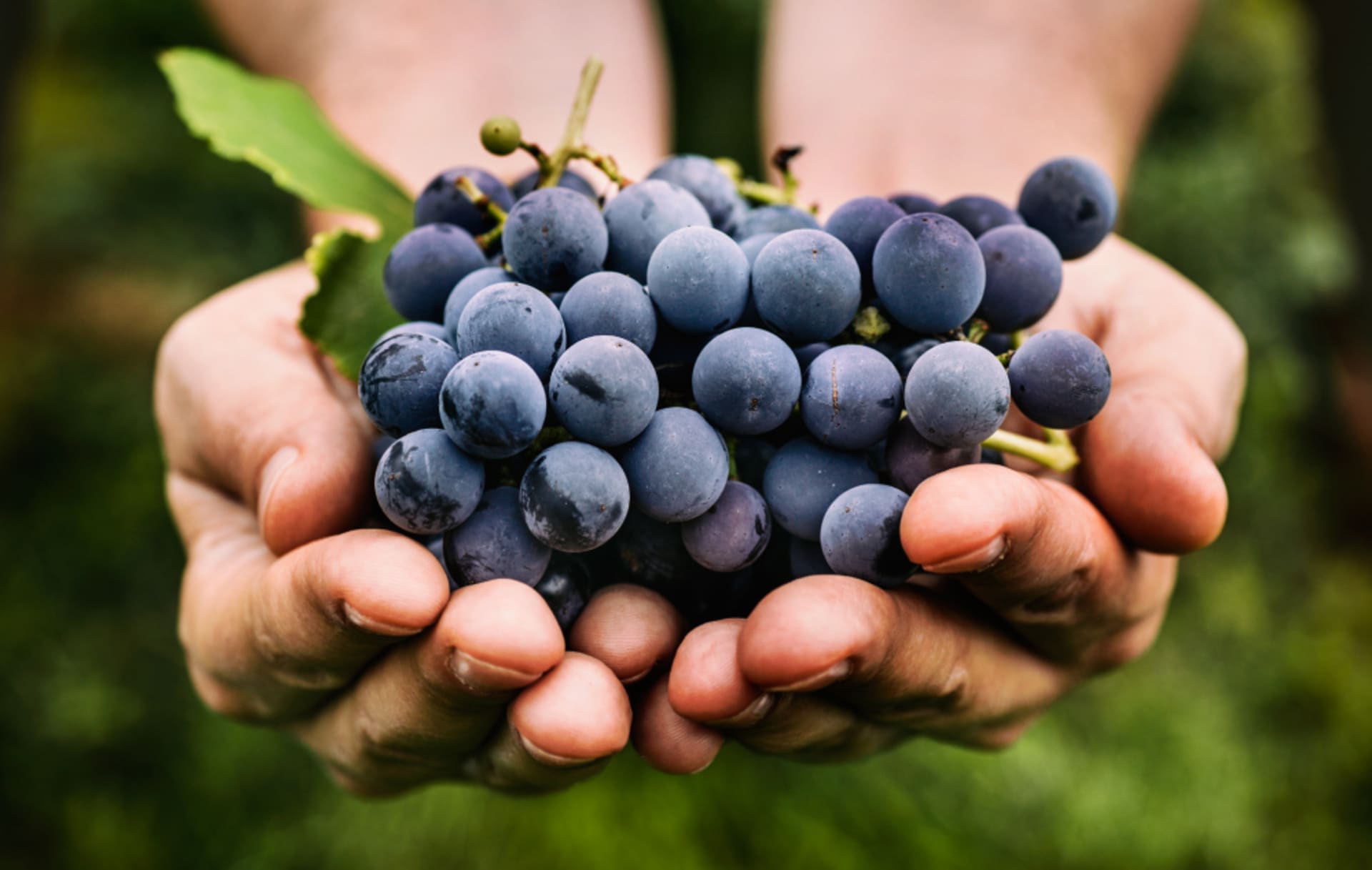HOW RED WINE VINIFICATION TAKES PLACE
A biochemical process of transforming grapes into wine, vinification differs depending on whether white or red wine is the desired result.
More specifically, red wine vinification (or vinification with maceration) involves bringing the pomace and the fermenting must into contact – the solid parts of the grape, i.e. its skin and pips, are placed in contact with the liquid fraction during fermentation so that part of the substances they contain may be extracted.
What distinguishes it from white wine vinification is simultaneous fermentation and maceration.
Alcoholic fermentation of the grapes
Red wine fermentation, normally carried out in steel vats, is used to transform the glucose and fructose contained in the must into ethanol, carbon dioxide, heat and other secondary products by means of the action of yeasts. Some cellars choose not to add any, and let the indigenous yeasts naturally present on the grapes and in the cellar “drive” the fermentation process. Others add Active Dry Yeast preparations which reduce the risk of any organoleptic or taste deviations.
THE TEMPERATURE AT WHICH RED WINE SHOULD FERMENT
The ideal temperature for red wine fermentation is 27-30°C – modern machines assist in keeping this temperature constant, thereby promoting the production of a quality wine.
During fermentation, the effect is seen as a boiling mass because of the production of high levels of CO2 – the solid part of the must, i.e. the pips and the skins, are raised to the surface by the carbon dioxide and there they float, forming a “floating cap”. During fermentation, this is repeatedly pressed and pumped up to dissolve the polyphenols, preventing the pomace from acetifying and encouraging colonisation by the yeasts. This process can be carried out by hand in the old-fashioned way or can be delegated to machines with which many cellars are equipped (fermenters or vinifiers).
MACERATION OF THE GRAPES
RACKING OF THE GRAPES
When the fermentation of the red wine is complete, the skins and pips are separated from the must-wine. This procedure is called racking and is carried out at a specific time based on the product that is required.
Rosé wines require early racking, young red wines require medium levels of racking and red wines for ageing require late racking.
For racking, the wine is aerated with the addition of sulphur dioxide – this stage is carried out following the end of fermentation, when residual sugars reach a threshold of 1-2%. In addition, aerating the wine removes any reduction odours.
BOTTLING OF RED WINE
DIFFERENCE BETWEEN RED AND WHITE WINE VINIFICATION
The difference between red and white wine vinification lies in the maceration – in red wine vinification, maceration is always applied, whereas in white wine vinification it is not (with the exception of macerated whites or the popular ‘orange wines’ which undergo extensive maceration, thereby achieving golden and orange tones).
Since maceration is used to obtain a higher tannin content and intense pigments, typical of red wines, the production of white wines does not involve the placing of the pomace in contact with the must.


 CIDER
CIDER

 China
China
 United Kingdom
United Kingdom



